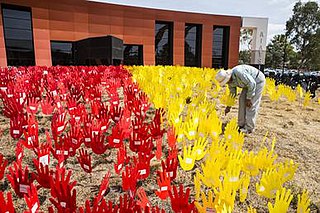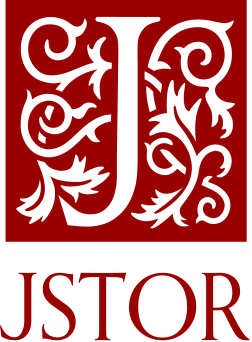This page is based on this
Wikipedia article Text is available under the
CC BY-SA 4.0 license; additional terms may apply.
Images, videos and audio are available under their respective licenses.

Ballardong are an indigenous Noongar people of the south western area of Western Australia.

Yued, also spelled Juat, are an indigenous Noongar people located north of Perth.
The Niabali, otherwise written Nyiyaparli, are an indigenous Australia tribe of the Pilbara region of Western Australia.
The Miriwung are an indigenous Australian people of the Kimberley region of northern Western Australia.
The Njakinjaki were an indigenous Noongar people of southern Western Australia.
The Kaneang were an indigenous Noongar people of Western Australia.

Wiilman are an indigenous Noongar people from the Wheatbelt, Great Southern and South West regions of Western Australia. Variant spellings of the name include Wilman, Wilmen and Wheelman. Wiilman is the endonym.
The Maia were an indigenous Australian tribe of Western Australia.
The Yeidji, otherwise commonly known as the Gwini, are an indigenous Australian people of the Kimberley area of Western Australia.
The Wurla, also written Ola, or Waladjangarri, are an indigenous Australian people of the Kimberley region of Western Australia
The Ngarla are an indigenous Australian people of the Pilbara region of Western Australia.
The Nokaan or Nhugarn were an indigenous Australian people of Western Australia.
The Pini or Nana, or more specifically the Birniridjara, are an indigenous Australian people of Western Australia.
The Malngin were an indigenous Australian people of Western Australia. The Malngin language was a dialect of Gurindj.
The Matuntara are an indigenous Australian people of the Northern Territory.
The Kuyani are an indigenous Australian people of the state of South Australia who speak or spoke the Kuyani language.
The Wongkanguru were an indigenous Australian people of the state of South Australia. The Wongkanguru language is Pama-Nyungan.
The Laia were an indigenous Australian people of the state of Queensland.
The Kunggara, also known as Kuritjara, are an indigenous Australian people of the southern Cape York Peninsula in Queensland.
The Ngardok were an indigenous Australian people of the Northern Territory. Nothing is known of the language, which has been extinct since about WW2.







